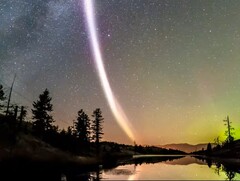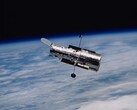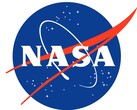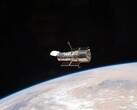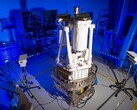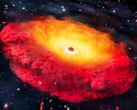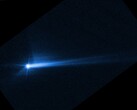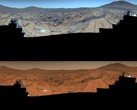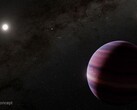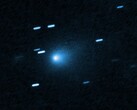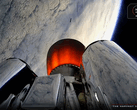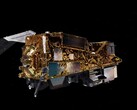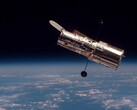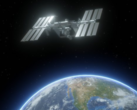A team, primarily made up of undergraduate students at the University of Calgary, is preparing to launch the city's first student-built satellite. The satellite — a 3U CubeSat named FrontierSat — has passed its final vibration tests and is awaiting launch. While there is not a set launch date yet, the satellite will likely be launched early 2026 from California, aboard a SpaceX Falcon 9 rocket. The main task of the SmallSat will be to gather data on a mysterious space weather phenomenon known as STEVE.
STEVE — a backronym for Strong Thermal Emission Velocity Enhancement — appears in the night sky as a thin, fast-moving ribbon of purple and green light. Although it can easily be mistaken for an aurora, scientists at the University of Calgary have confirmed it is, in fact, a distinct phenomenon.
Auroras are formed when charged particles rain down into Earth's upper atmosphere, but this STEVE phenomenon lacks the presence of raining charged particles, meaning its light is generated by a different and unknown mechanism. The FrontierSat team is determined to study and understand this celestial mystery.
It would be amazing if we end up getting a multi-year dataset of STEVE observations with FrontierSat. — Johnathan Burchill, the mission's principal investigator.
The loaf-sized satellite will use a mini plasma imager to study the ionosphere from orbit. Primarily funded by the Canadian Space Agency, this mission will count as a major achievement for the 100+ students on CalgaryToSpace team, who have spent time designing, building, and testing the satellite.




